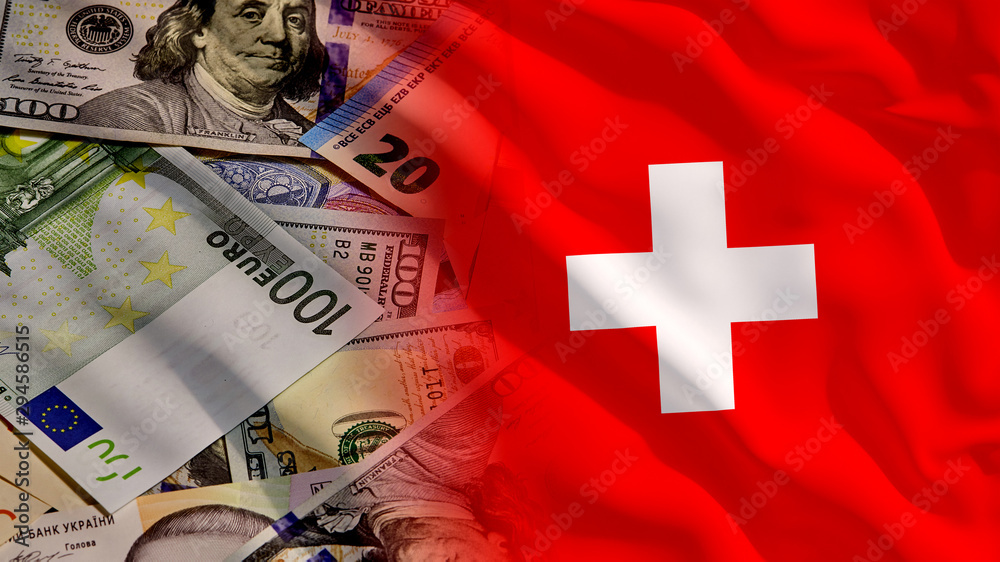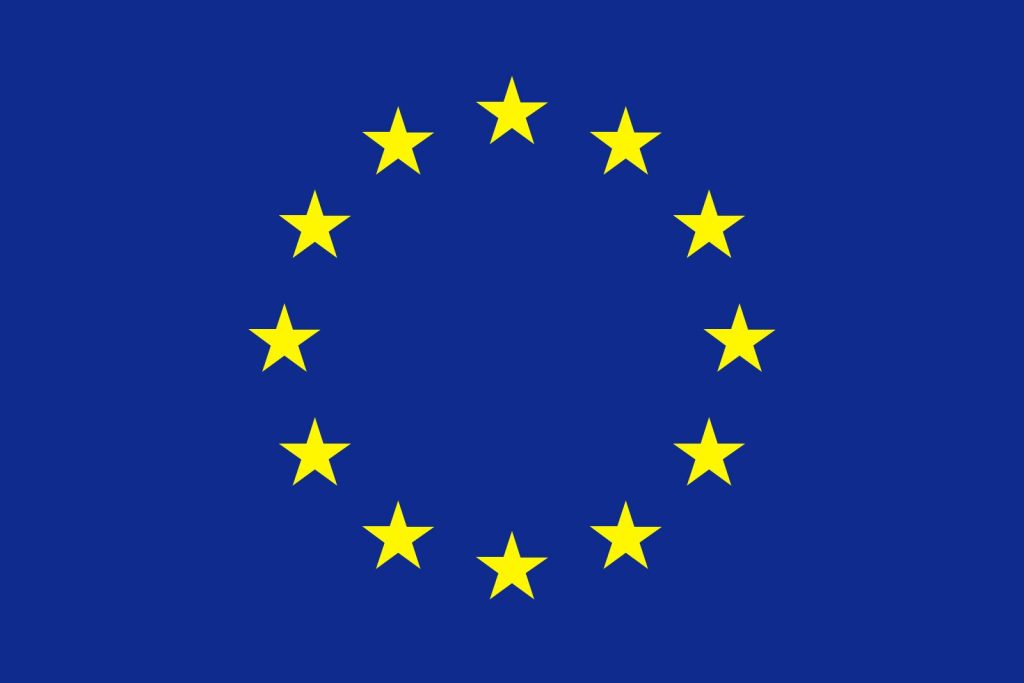As of the year 2025, the countries that are the wealthiest in Europe are a fascinating group, brimming with economic might and innovative ideas that maintain them at the top of the heap. Imagine cities that are teeming with activity, businesses that are growing, and people who are living well as a result of intelligent systems that make money flow. The reason that these locations are so successful is that they have mastered a variety of aspects, including robust businesses such as technology and finance, as well as traditional trade and resource management. They are not simply sitting on riches; rather, they are creating it by establishing reliable schools, providing excellent healthcare, and making plans that look ahead to ensure that things remain stable.
These nations demonstrate that there is no single path to wealth, regardless of their size. Some rely on international finance, while others rely on cutting-edge technology or even tourism that attracts crowds throughout the entire year. It is similar to a blueprint for success, demonstrating how to proceed with growth without abandoning other people. An investigation into the histories of these nations is enlightening, particularly if you are interested in business, investing, or simply how these nations manage to succeed. They have the kind of structure that allows you to contemplate the possibilities that are open to a nation when it gets things right. If you take a look at what makes these locations tick, you will understand why they are at the top of the wealth game in Europe in the year 2025.
The Top Ten Wealthiest Nations In Europe (2025)
10. Belgium – GDP per Capita (PPP): $75,846

Belgium’s economy thrives as a hub of trade and services, nestled in the heart of Europe. Its capital, Brussels, hosts EU institutions, making it a magnet for multinationals and diplomats. The service sector drives 77% of GDP, with finance, logistics, and telecommunications at the core. The Port of Antwerp, one of Europe’s largest, powers trade, while chemicals and automotive manufacturing add industrial muscle. Despite a public debt of 108% in 2021, Belgium’s high domestic savings and robust social security system keep it stable. Its central location fosters connectivity, and a skilled workforce supports innovation in pharmaceuticals and tech. This blend of trade, services, and strategic positioning ensures Belgium’s place among Europe’s wealthiest, offering a high standard of living and a model for economic resilience.
9. Malta – GDP per Capita (PPP): $76,705

Malta, a sunny Mediterranean gem, punches above its weight with a vibrant economy. Foreign trade, electronics manufacturing, and financial services form its backbone, while tourism, drawing over 1.7 million visitors annually, adds significant revenue. Low corporate taxes make Malta a haven for businesses, and the Luqa International Airport boosts connectivity for trade and travel. The island’s strategic location enhances its role as a bridge between Europe and North Africa. Information and communication technology (ICT) is a growing sector, supported by a tech-savvy workforce. Malta’s small size belies its economic agility, with policies fostering investment and innovation. This mix of tourism, finance, and tech ensures high living standards, making Malta a standout in Europe’s economic elite.
8. Iceland – GDP per Capita (PPP): $81,215

Iceland’s rugged beauty masks a dynamic economy that has evolved from fishing to a diverse powerhouse. After the 2008 financial crisis, reforms shifted focus to finance, tourism, and renewable energy. Geothermal and hydroelectric power meet nearly all energy needs, positioning Iceland as a leader in sustainability. Tourism, driven by stunning landscapes like geysers and waterfalls, draws millions, boosting GDP. A highly educated workforce fuels tech and innovation, while banking reforms have restored stability. Iceland’s wellbeing economy approach prioritizes quality of life, with strong social welfare and gender equality policies. Despite its small population of 370,000, Iceland’s focus on green energy and tourism ensures it ranks among Europe’s richest, offering lessons in resilience and sustainable growth.
7. San Marino – GDP per Capita (PPP): $83,031

San Marino, a tiny republic nestled in Italy, boasts a surprisingly robust economy. Tourism is a major driver, with its historic charm attracting visitors, while banking and manufacturing (ceramics, clothing, wine) add depth. As part of the EU customs union and using the Euro, San Marino enjoys seamless trade with Europe. Low income taxes, about a third of the EU average, draw investment, though post-2008 debt challenges prompted financial reforms. The country’s small size allows agility, with tourism and niche manufacturing thriving despite global economic shifts. San Marino’s resilience, shown during the pandemic, highlights its ability to balance tradition with modern economic strategies, securing high living standards and a spot among Europe’s wealthiest.
6. Netherlands – GDP per Capita (PPP): $84,566

The Netherlands stands as a global trade titan, with the Port of Rotterdam, Europe’s largest, anchoring its economy. Its GDP per capita reflects strengths in high-tech industries, agriculture, and renewable energy. Amsterdam’s tech hub attracts startups and giants alike, fostering innovation in AI and fintech. Agriculture, a surprising powerhouse, makes the Netherlands a top exporter of food products. Renewable energy investments align with its sustainability goals, while a flat landscape supports efficient infrastructure. The service sector, including finance and logistics, drives growth, supported by a skilled workforce. The Netherlands’ open economy and strategic policies ensure stability, making it a model for balancing trade, innovation, and high living standards in Europe’s competitive landscape.
5. Denmark – GDP per Capita (PPP): $88,934

Denmark’s economy blends Nordic efficiency with innovation, earning its spot among Europe’s richest. The service sector employs 80% of its workforce, with pharmaceuticals, renewable energy, and shipbuilding leading the charge. Companies like Novo Nordisk drive medical innovation, while wind energy underscores Denmark’s green commitment. Food processing, including dairy and pork exports, is a global leader. Low government debt and a strong welfare system, funded by high taxes, ensure equitable wealth distribution and top-tier healthcare and education. Denmark’s focus on sustainability and a skilled labor force keeps it competitive. Its high living standards and progressive policies make it a beacon of economic success, offering insights into balancing growth with social good.
4. Switzerland – GDP per Capita (PPP): $97,581

Switzerland’s economic prowess is legendary, rooted in banking, pharmaceuticals, and precision manufacturing. With an average wealth per resident of CHF 460,000, it hosts 800,000 millionaires. Its financial sector, bolstered by neutrality and stability, attracts global investments. Pharmaceuticals and chemicals, led by firms like Roche, drive exports, while precision instruments like watches add prestige. Low VAT rates and a business-friendly environment draw corporations. Switzerland’s innovation, seen in inventions like the Swiss Army knife, fuels growth. A strong social security system supports high living standards, though income inequality exists. Its ability to blend finance, industry, and innovation ensures Switzerland’s place among Europe’s economic elite, offering a blueprint for sustained prosperity.
3. Norway – GDP per Capita (PPP): $107,892

Norway’s wealth flows from its vast oil and gas reserves, but its economy is far more than just energy. Agriculture, fisheries, and maritime industries thrive, while services account for 63.5% of GDP. The Government Pension Fund Global, valued at over $1.3 trillion, cushions against economic volatility and funds a world-class welfare system. Norway’s low Gini coefficient of 24.7 reflects equitable wealth distribution, ensuring high living standards. Investments in renewable energy, like hydropower, show a commitment to sustainability. A highly skilled workforce drives tech and innovation, keeping Norway competitive. Its blend of resource wealth, prudent governance, and social equity makes it a standout, offering lessons in long-term economic planning.
2. Ireland – GDP per Capita (PPP): $134,000

Ireland’s transformation from an agrarian past to a tech and pharma powerhouse is remarkable. Its economy thrives on high-tech industries, with giants like Apple and Google drawn by low corporate taxes. Pharmaceuticals and software exports fuel growth, while financial services add depth. Despite a public debt of 44.7%, Ireland’s economic resilience shines, with strong trade ties to the UK and US. A skilled, English-speaking workforce and EU membership enhance its appeal. However, challenges like housing shortages and a wealth gap, with 19.2% at risk of poverty, persist. Ireland’s ability to attract global investment and foster innovation cements its status as a top economic player in Europe.
1. Luxembourg – GDP per Capita (PPP): $152,915

Luxembourg, a small landlocked nation, reigns as Europe’s wealthiest, driven by a powerhouse financial sector. Banking and investment firms dominate, with telecommunications, led by SES, and emerging space resource industries adding diversity. Low unemployment (5.9%) and high salaries ($4,422 monthly average) reflect prosperity, though 21.4% face poverty risks, highlighting disparities. Favorable tax policies attract global businesses, and its central location boosts trade. Luxembourg’s steel industry and tech sector further enhance its economic clout. Its ability to leverage finance, innovation, and strategic policies ensures top-tier living standards, making it a global model for economic success and a magnet for investors seeking stability.

